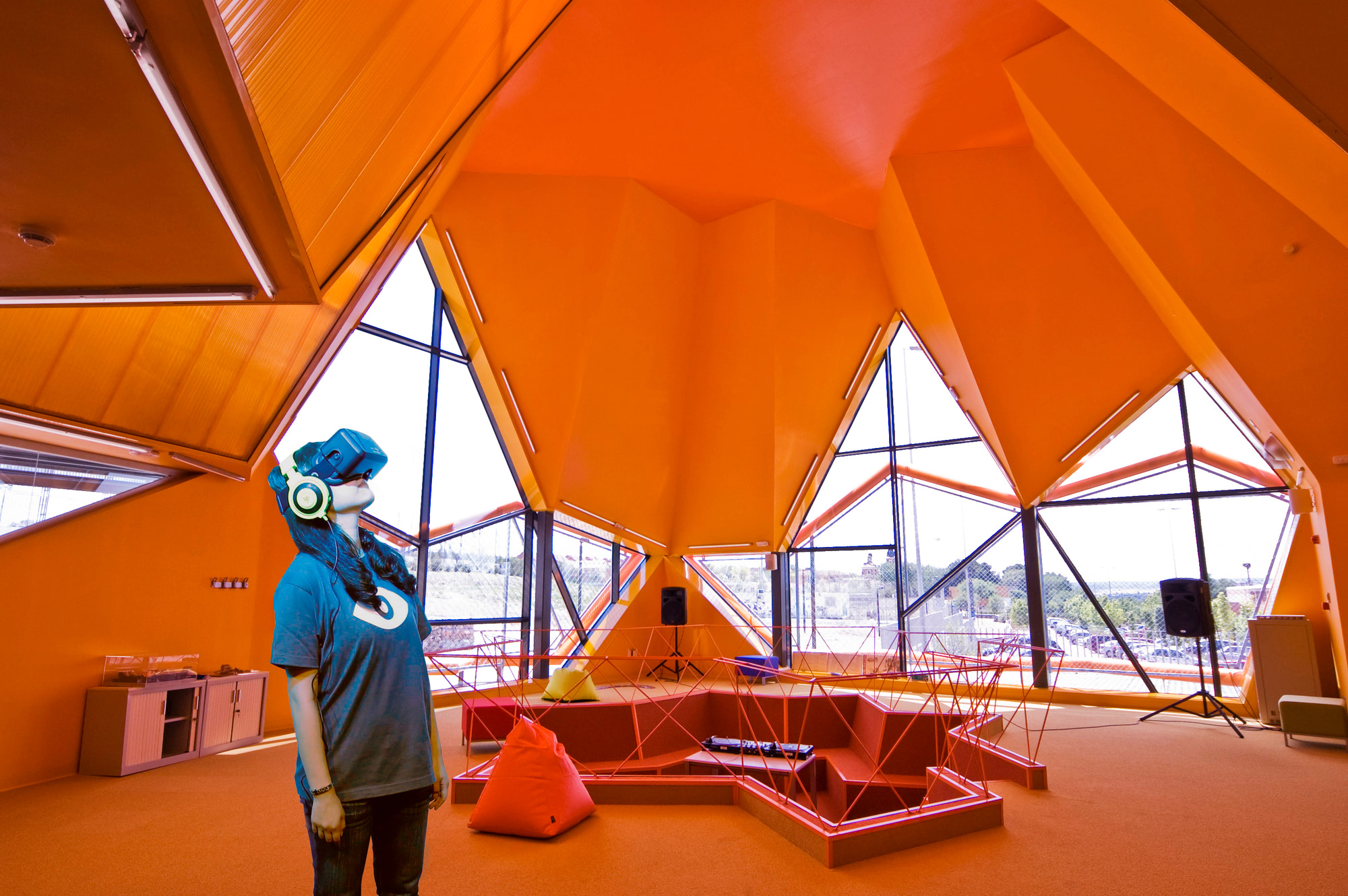The modern world is only just now starting to come to terms with the idea of fully immersive digital experiences. We're not talking about the kind you get sitting in front of a screen, playing games or watching media. We’re talking about entering a digital space via virtual reality or augmented reality tech.
It’s clear the technology is about to disrupt many industries as it advances in capability. Imagine a VR system to give military personnel real-world, hands-on experiences without ever leaving an in-country facility. Or, envision AR tools that help construction and project managers visualize a property or structure before it’s complete.
These examples are not pipe dreams, either. Major brands such as Facebook, Amazon, Google and even Microsoft are heavily investing in the necessary technologies and their experiences. You see, that’s the next hurdle. It’s not just about having the technology - or devices - to allow this sort of thing. It’s also about crafting and developing the experiences to make it happen - in other words, the software to go along with the hardware.
Here’s where the driving idea behind AI or VR in architecture and engineering comes into play.
Custom and unique experiences abound
It’s no secret companies will need to develop, maintain and perfect virtual experiences for various industries. Some have a greater advantage than others - for example, the military can take several bits of inspiration from the gaming world. You could argue architecture, engineering and design could do the same, borrowing from the sweeping builds you see in modern video games, such as Assassin’s Creed Unity in Paris, or Tom Clancy’s The Division in a post-apocalyptic New York.
We can expect to see many new opportunities in terms of immersive experiences and environments. One of the obvious examples of AR in architecture is using the tech to visualize projects and designs. BIM, or building information models, can benefit greatly from a more digital investment, such as one you get from a VR experience. Interested parties could enter the digital space, manipulate objects and scenery and even view concepts as full-scale recreations.
AR and VR augment and improve the tasks of existing professionals in the workforce, but they also make things a whole lot more modern and interesting for younger generations. Millennials, for example, may be more attracted to various trades and professions that have implemented modern technologies.
There’s another aspect we’d be remiss not to mention. These technologies will also alter the way - and environments - in which we work.
The office of the future
Tired of working in a cramped cubicle, or middle office? Pretty soon, you might be able to don a pair of AR or VR glasses and enter a completely different world. Imagine working on the shores of a sunny beach, for instance. What about chilling in a boat, out on a calm lake, with a fishing pole at your side?
Companies like Mure VR are already crafting these kinds of unique and alien experiences that let you enter a whole new environment. Want to work in the isolated, quiet confines of outer space? No problem! Want to sit inside a deep-positioned submarine? It’s possible. The opportunities are endless.
More importantly, the options are coming. Pretty soon, these examples will be more than just theoretical; we will have the technology in our hands, to do anything we can imagine.
The way we work and interact is evolving
Alongside those unique experiences will come a new form of work or organization. Employees and personnel will need to build the experience and skills to work in these new environments. The varying formats such technologies can offer call for a need to familiarize oneself with a digital landscape, as opposed to a physical one. For example, we’ll need to learn the difference between working with a virtual desktop and a physical one.
It’s not only possible, however. It’s probable. In fact, AR is expected to claim $83 billion in market share by 2021, with VR taking $25 billion, for a total somewhere between $94 and $122 billion. It’s growing, and fast, which means these kinds of experiences and tools will be here before you know it.
Image: Arch Daily

Share your thoughts and join the technology debate!
Be the first to comment